In the realm of creative expression, artists and craft enthusiasts often seek unique and versatile materials to bring their visions to life. One such material that has stood the test of time and continues to captivate creators is rice paper.
Renowned for its delicate texture and inherent strength, rice paper has found many applications in the world of crafts. From traditional Asian art to contemporary mixed-media projects, its adaptability knows no bounds.
In this exploration, we delve into the fascinating world of rice paper and explore what rice paper is used for in crafts.
Discover the enchanting ways artisans harness rice paper’s subtle beauty and resilience to breathe life into their creations, transcending cultural boundaries and inspiring a new wave of imaginative possibilities.
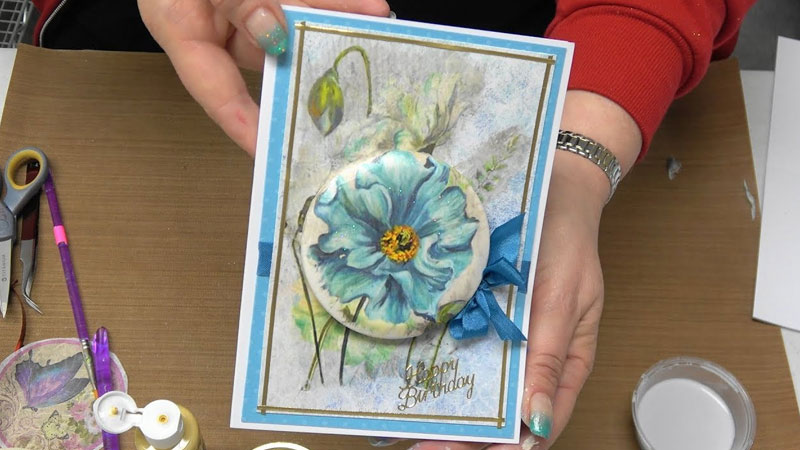
What Is Rice Paper Used For In Crafts?
The influence of rice paper has transcended cultural boundaries, finding a prominent place in contemporary crafts worldwide. Let’s explore what rice paper is used for, showcasing its versatility and the unique charm it brings to artistic endeavors.
Traditional Asian Art
Rice paper has deep roots in traditional Asian art, particularly in countries like China, Japan, and Korea. In Chinese brush painting and calligraphy, artists often choose rice paper for its absorbent qualities, allowing the ink to flow smoothly and creating distinct brushstrokes.
The delicate texture of rice paper enhances the subtlety and finesse of traditional art forms, capturing the essence of cultural heritage.
Sumi-e Painting
Sumi-e, the Japanese ink painting technique, relies on the use of rice paper to convey the fluidity and expressiveness of brushwork.
The absorbent nature of rice paper complements the spontaneous and dynamic strokes characteristic of Sumi-e, resulting in captivating monochrome paintings that capture the beauty of simplicity and spontaneity.
Papercutting and Origami
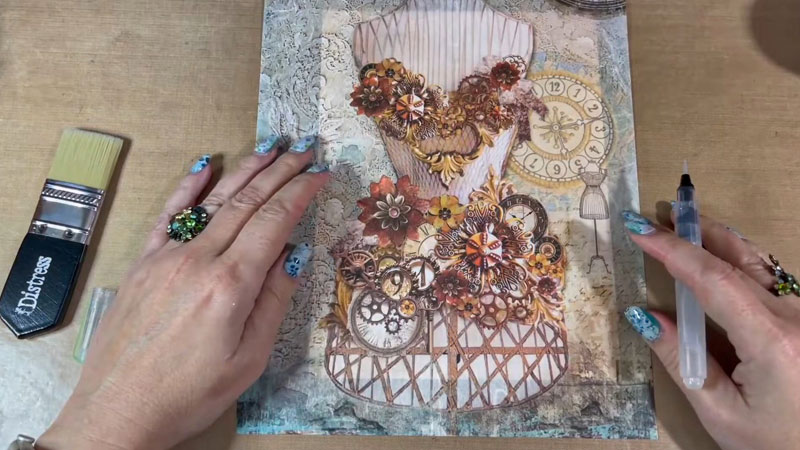
Rice paper’s thin and resilient nature makes it an ideal medium for intricate papercutting designs and origami.
Crafters can meticulously cut delicate patterns or fold the paper into intricate shapes, creating visually stunning pieces of rice paper crafts.
The translucency of rice paper adds an ethereal quality to origami creations, allowing light to play a role in the overall aesthetic.
Collage and Mixed Media
In the realm of mixed media art, rice paper finds a new purpose. Artists use it as a foundation for collages, layering different elements to create textured and visually rich compositions.
The ability of rice paper to adhere well to various surfaces makes it a versatile choice for artists exploring mixed media techniques. This is why people use rice paper for crafts.
Decoupage
Decoupage, the art of decorating surfaces with cut-out paper images, thrives on the adaptability of rice paper. Crafters can use rice paper material to cover and embellish surfaces such as furniture, trays, or decorative items.
Its thinness allows for a seamless integration with the underlying surface, resulting in a polished and professional finish.
Lampshade Crafting
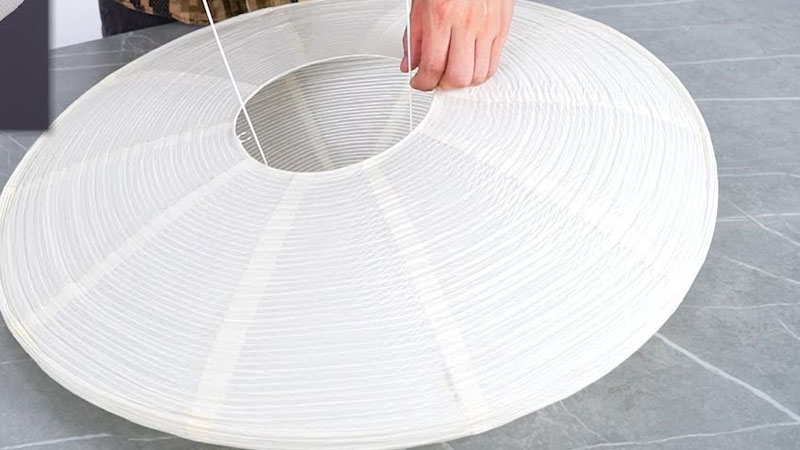
Rice paper’s translucency makes it an excellent choice for crafting lampshades. The thin paper filters light through, creating a warm and ambient glow. Crafters can paint or decorate the
rice paper craft piece before assembling it into a lampshade, adding a personalized touch to lighting fixtures.
Bookbinding and Paper Arts
Bookbinders appreciate the durability and flexibility of rice paper for covering book covers or creating intricate book art.
Its compatibility with various adhesives and the ability to withstand wear and tear make it a favored material for preserving and enhancing the aesthetics of handmade books.
Watercolor and mixed-media painting
Artists working with watercolors or mixed media often use rice paper as a surface for experimentation. The paper’s ability to handle watercolor washes, textures, and mixed media applications allows artists to push the boundaries of their creativity, resulting in unique and expressive works of art.
Batik Art
Rice paper is a substrate for batik art, a traditional wax-resist dyeing technique. Artists apply hot wax to the rice paper, creating patterns and designs, and then dye the paper.
The wax resists the dye, revealing intricate and vibrant designs. The thinness of rice paper enhances the batik process, allowing for precise detailing.
Conservation and Restoration
In the realm of art conservation, rice paper plays a crucial role. Conservators use it for repairing and reinforcing delicate artworks, manuscripts, and documents.
Its compatibility with traditional materials and techniques makes it a valuable resource for preserving cultural heritage.
How to Make Rice Paper for Crafts?
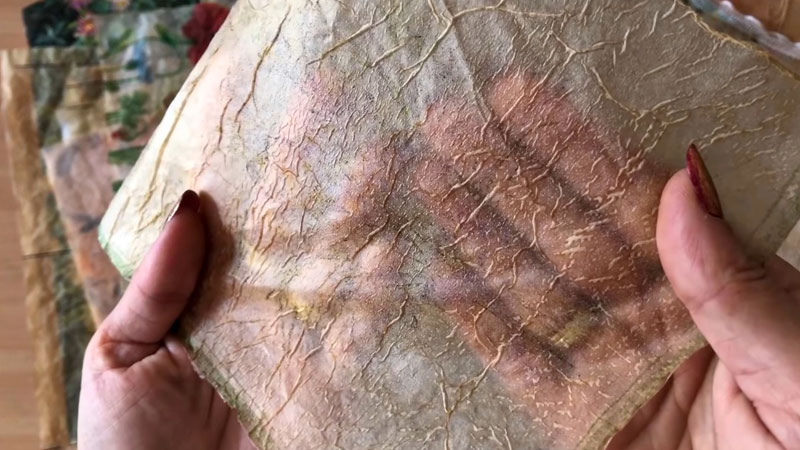
Now that you know what rice paper is for crafts, let’s find out how to make it. Creating rice paper for crafts involves a meticulous process that dates back centuries. Here is a simplified way to make rice paper at home for your craft projects.
Rice Soaking
Begin by rinsing the raw rice under cold water to remove excess starch. Place the rinsed rice in a bowl and add enough water to submerge it fully. Let it soak for at least 6 hours or overnight.
Rice Grinding
Drain the soaked rice and place it in a blender or food processor. Add water gradually and blend until you achieve a smooth, thick paste. The consistency should be similar to pancake batter.
Preparing the Screen
Take the wooden frame or embroidery hoop and stretch the nylon or polyester fabric tightly across it. Ensure that the fabric is smooth and free of wrinkles.
Staple or use a strong adhesive to secure the fabric to the frame, creating a tight, flat surface. Trim any excess fabric.
Creating the Pulp
Pour the rice paste into a large shallow pan or tray. The thickness of the layer will determine the thickness of your rice paper. Smooth out the paste evenly using a sponge or paintbrush. The goal is to create a thin and uniform layer.
Drying the Rice Paper
Place the prepared screen over the tray with the rice paste, allowing the paste to adhere to the fabric. Carefully lift the screen and place it in a sunny or well-ventilated area to dry.
The drying time may vary depending on the thickness of the paste and environmental conditions. It typically takes several hours.
Peeling the Rice Paper
Once the rice paper is completely dry and feels firm to the touch, gently peel it off the fabric screen. You should now have a thin sheet of homemade rice paper.
Trim any uneven edges or excess material to achieve your craft projects’ desired size and shape. If you want a smoother surface, you can place the rice paper between two sheets of clean fabric and iron it on low heat.
Pro Tips for You
Experiment with different ratios of rice to water to achieve the desired thickness and texture of the rice paper.
Adjust the drying time based on the climate and humidity in your area. Adding a pinch of salt to the rice paste can improve the paper’s flexibility and durability.
What Are Some Alternatives to Rice Paper?
If you find yourself without rice paper or are looking for alternatives due to dietary restrictions or artistic preferences, there are several materials that can serve similar purposes in various crafts.
Here are some alternatives to rice paper, each offering its unique characteristics and applications:
Mulberry Paper
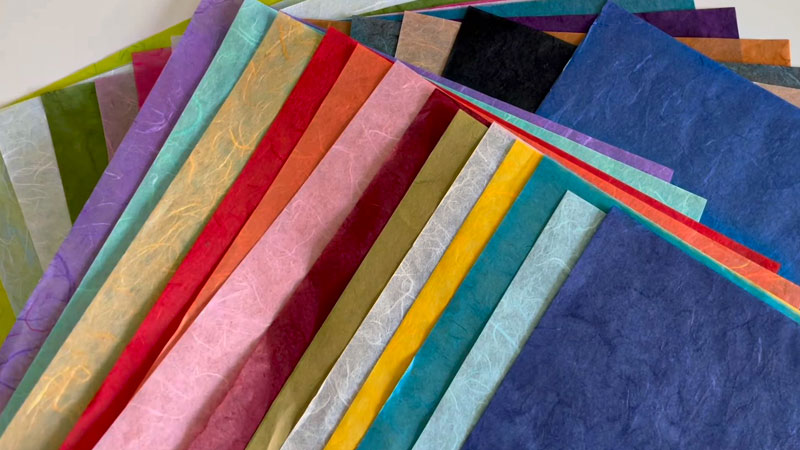
Mulberry paper, also known as Kozo paper, shares similarities with traditional rice paper. Made from the bark of the mulberry tree, it boasts a delicate and fibrous texture.
Mulberry paper is commonly used in Asian art and crafts, offering a translucent quality that works well for painting, calligraphy, and paper cutting.
Parchment Paper
Parchment paper is a readily available substitute in many craft projects. Its semi-translucent nature makes it suitable for applications such as tracing, printing, and some papercrafts. Parchment paper is also heat-resistant, making it ideal for certain culinary crafts like baking.
Vellum
Vellum is a smooth and translucent paper often made from animal skin, although modern versions can be synthetic. It provides a clear surface for writing, drawing, and printing.
Vellum’s transparency allows it to be used in layered designs for crafts like cardmaking and scrapbooking.
Tissue Paper
Tissue paper is a versatile and budget-friendly alternative. It comes in various colors, making it suitable for various crafts, including gift wrapping, decoupage, and pom-pom making.
While tissue paper may not have the same transparency as rice paper, it offers a lightweight and colorful option.
Wax Paper
Wax paper is a translucent paper coated with a thin layer of wax on both sides. It is commonly used in the kitchen, but its transparency suits certain crafting applications.
Wax paper can be employed in crafts such as tracing, transferring images, or creating faux stained glass effects.
Cellophane
Cellophane is a transparent and flexible material that comes in various colors. It is often used in gift wrapping and packaging but can also be applied in crafts such as stained glass art, collages, and window decorations. Cellophane provides a glossy finish and vibrant colors.
Japanese Washi Paper
Washi paper, originating from Japan, is a traditional handmade paper that comes in various textures and colors. It is crafted from plant fibers like mulberry, bamboo, or rice straw.
Washi paper is renowned for its strength and versatility, making it suitable for origami, scrapbooking, and other paper crafts.
Fabric
Fabric, especially lightweight and sheer fabrics like organza or muslin, can be an alternative to rice paper in certain crafts.
Fabric works well for projects involving decoupage, fabric collages, or even covering lampshades. It offers a tactile and textured element to your creations.
Mylar Sheets
Mylar, a polyester film type, is durable and transparent. It is often used for stencils, but its versatility extends to crafts like window decorations, mobiles, and even certain types of papercraft. Mylar sheets are available in various thicknesses and can be cut easily.
FAQs
Where does rice paper originate from?
Rice paper originated in East Asia, with its roots traced back to ancient China. Traditional production uses rice straw, bamboo, and other plant fibers to create a thin, translucent paper.
Can rice paper be used for watercolor painting?
Yes, rice paper is an excellent surface for watercolor painting. Its absorbent nature allows watercolors to flow smoothly, creating unique textures and effects. Artists often appreciate the delicate and ethereal quality it lends to watercolor artworks.
How do I preserve artworks created on rice paper?
Preserving artworks on rice paper involves framing them with archival materials and ensuring they are protected from direct sunlight and extreme humidity. Conservation practices may include using acid-free matting and UV-protective glass to prevent deterioration.
Is rice paper suitable for beginners in crafts?
Rice paper’s versatility makes it suitable for crafters of all skill levels. Its forgiving nature allows beginners to experiment with various techniques like paper cutting, collage, and origami. As proficiency grows, artists often find new ways to push the boundaries of their creativity.
Can rice paper be used for 3D crafts like sculpting?
While rice paper is primarily known for its 2D applications, it can be adapted for certain 3D crafts. Crafters can layer and shape the paper for sculptural effects, although other materials may be more commonly used for three-dimensional projects.
Conclusion
As we conclude our journey through the world of rice paper in crafts, it becomes evident that this humble material transcends its traditional roots, seamlessly integrating into the global tapestry of artistic expression.
From calligraphy to decoupage, rice paper’s ability to adapt and enhance various creative endeavors highlights its enduring significance. Its delicate nature and strength make it a symbol of resilience and beauty, mirroring the essence of art itself.
As we marvel at the diverse applications showcased by artisans, we recognize that rice paper is not merely a medium; it’s a bridge connecting cultures, histories, and the ever-evolving landscape of creativity.
Its role in the hands of craftspeople echoes the universal language of art, where innovation and tradition harmoniously coexist.
Leave a Reply